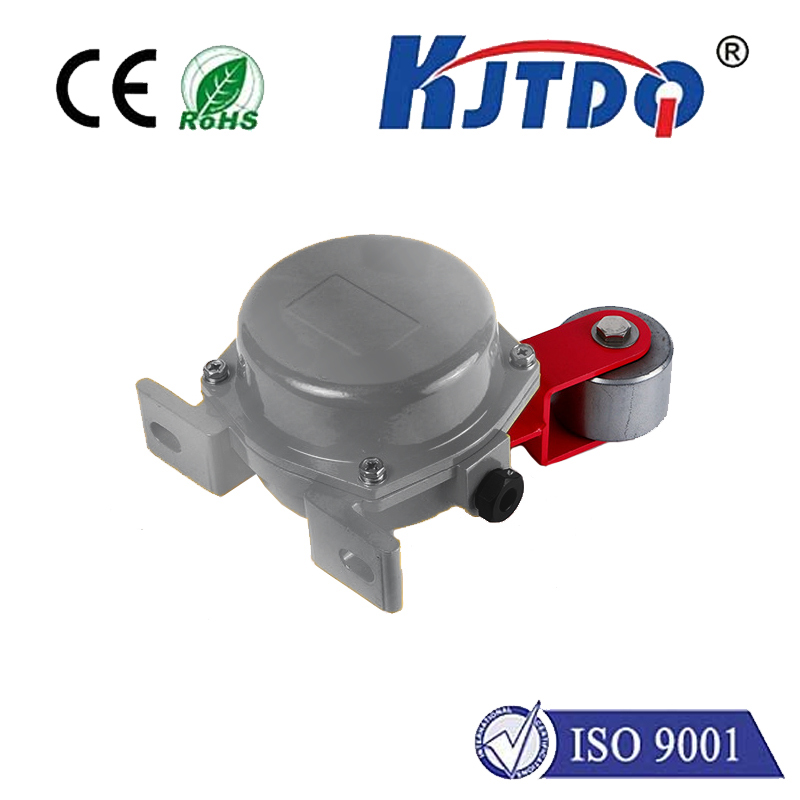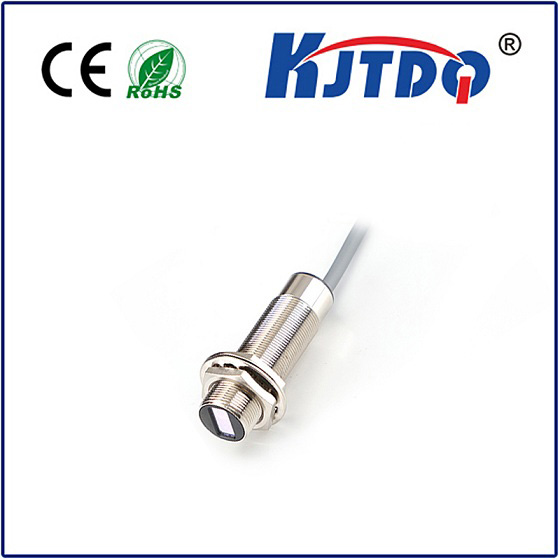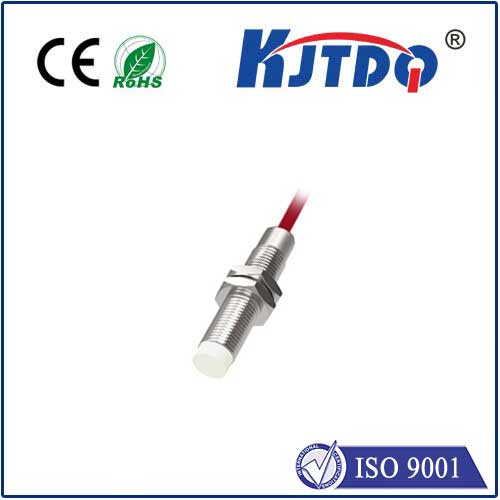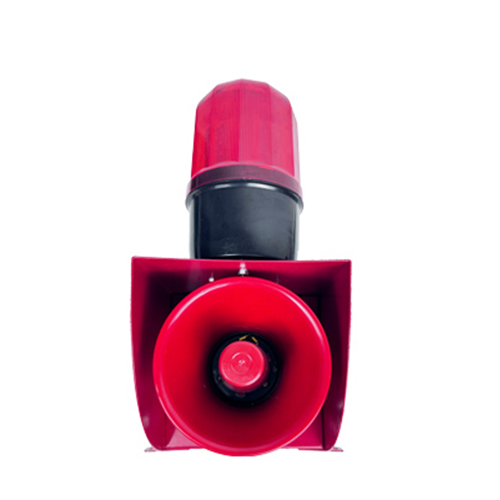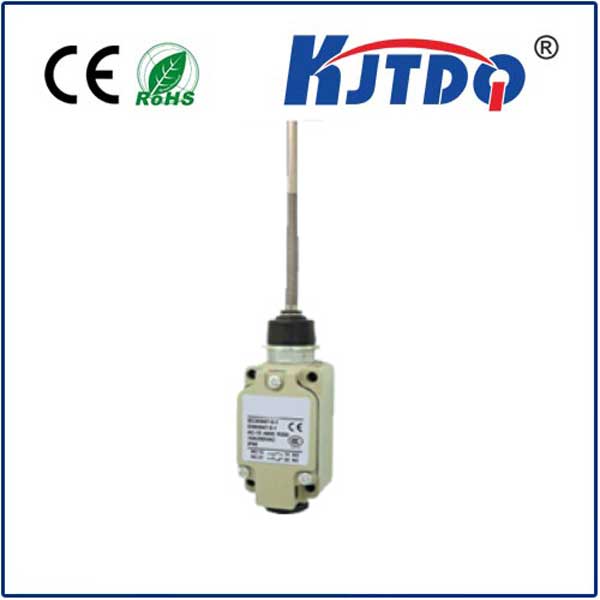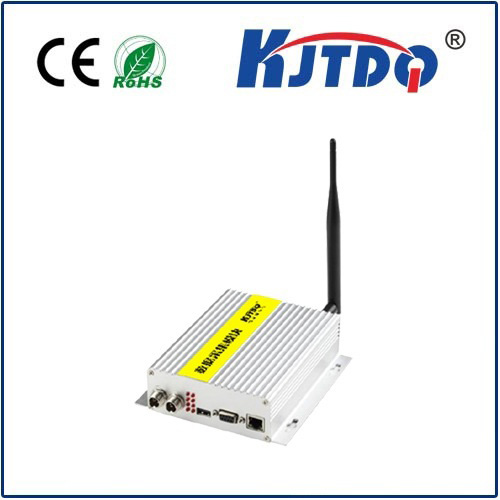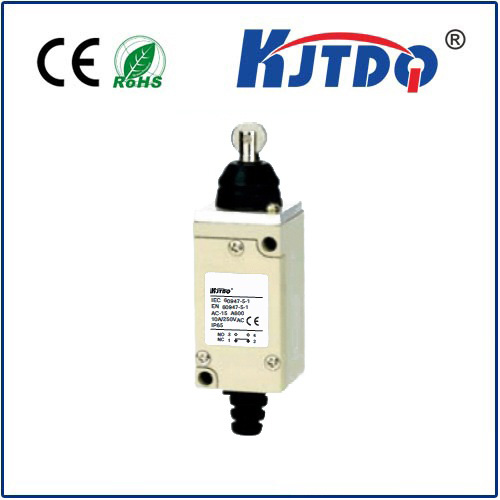ultrasonic proximity sensors
- time:2025-09-05 13:40:17
- Нажмите:0
Beyond Touch: How Ultrasonic Proximity Sensors Revolutionize Detection and Distance
Imagine a world where machines can “see” without light, detecting objects and measuring distances silently and reliably in conditions that baffle other sensors. This is not science fiction; it’s the everyday reality enabled by ultrasonic proximity sensors. These remarkable devices harness high-frequency sound waves to provide critical environmental awareness across countless applications, from the mundane to the mission-critical. They are the unseen guardians of automation, safety, and precision in our increasingly sensor-driven world.
The Science of Sound Beyond Hearing
At the heart of every УЗИ датчик приближения lies a simple yet powerful principle: echolocation. Much like bats navigate in complete darkness, these sensors emit bursts of sound waves at frequencies typically above 20 kHz – far beyond the range of human hearing. A piezoelectric transducer acts as both the speaker (creating the sound pulse) and the microphone (listening for the echo).
The core magic happens in distance measurement based on the Time-of-Flight (ToF) principle:
- The sensor emits a focused ultrasonic wave.
- This wave travels through the air at the known speed of sound (approximately 343 meters per second at room temperature).
- Upon striking an object within its detection range, the wave is reflected back towards the sensor.
- The sensor detects the returning echo.
- An onboard electronic circuit precisely calculates the elapsed time between emission and reception.
- Using the formula Distance = (Speed of Sound x Time of Flight) / 2, the sensor accurately determines the distance to the object.
This method provides robust non-contact object detection without requiring physical interaction.

Why Choose Ultrasonics? Key Advantages
Ultrasonic proximity sensors offer a compelling combination of features that make them ideal for many challenging environments:
- Environmentally Resilient: Unlike optical sensors (photoelectric sensors), ultrasonics are largely unaffected by dust, smoke, fog, steam, ambient light changes, or target color and transparency. They perform consistently where visibility fails.
- Material Agnosticism: They reliably detect a vast array of materials – solids, liquids, powders, and even transparent objects like glass or clear plastic – that might confuse other sensor types. Consistency across diverse targets is a major strength.
- Robust Distance Measurement: They excel at providing accurate analog distance readings over varying ranges, not just a simple presence/absence signal. This is invaluable for level monitoring, positioning, and dimensioning.
- Cost-Effectiveness: Offering reliable performance and feature sets at relatively low cost points, they provide excellent value, especially considering their robustness.
Understanding the Limits: When Ultrasonics Pause
No technology is perfect, and ultrasonic sensors have specific limitations to consider:
- Sound-Absorbing Materials: Very soft, fibrous, or sound-absorbing materials (like thick fabric or foam) may absorb the ultrasonic pulse, significantly reducing the echo strength and limiting detection range or reliability.
- Extreme Angles: Targets with highly angled surfaces relative to the sensor beam might deflect the sound wave away, preventing a strong echo from returning directly to the sensor. Optimal detection occurs when surfaces are relatively perpendicular to the sensor.
- Ambient Noise & Interference: While immune to most audible noise, loud ultrasonic noise sources (e.g., high-pressure air leaks, high-speed motors with ultrasonic harmonics, other nearby ultrasonic sensors) can potentially interfere with operation, requiring careful installation and configuration to mitigate crosstalk.
- Temperature Dependence: The speed of sound varies with air temperature. High-performance sensors often include temperature compensation circuitry to maintain accuracy across varying operating environments.
- Relatively Slow Response: Compared to high-speed optical or inductive sensors, the time required for sound to travel to the target and back imposes a limit on how quickly the sensor can update its detection status or distance reading. This makes them unsuitable for very high-speed applications requiring microsecond responses.
A Universe of Applications: Where Ultrasonics Shine
The unique strengths of ultrasonic proximity sensors make them indispensable in numerous fields:
- Industrial Automation & Robotics: Object detection on conveyor lines, pallet presence/height verification, robot positioning and obstacle avoidance, stack height control, bottle/can counting, precise distance measurement for control loops.
- Level Measurement & Control: Tank liquid level monitoring (water, chemicals, fuels, even corrosive substances with appropriate housing), solid bulk material levels (grains, powders, plastics), preventing overfills or dry runs. This is a primary application domain.
- Automotive Systems: Parking sensors for collision avoidance, ground clearance detection on height-adjustable suspensions, automated door obstacle detection.
- Consumer Electronics: Touchless faucets and soap dispensers, robotics vacuums for mapping and obstacle avoidance, interactive displays.
- Security & Access Control: Intruder detection without visible beams, presence detection for lighting control.
- Medical Devices: Fluid level sensing, non-contact patient movement detection.
Choosing the Right Sensor: Key Considerations
Selecting the optimal УЗИ датчик приближения requires evaluating several factors:
- Required Range: What is the minimum and maximum distance you need to detect objects? Sensor specifications clearly define their nominal and maximum sensing ranges.
- Beam Angle: Narrower beams offer higher precision in crowded environments, while wider beams are better for detecting uneven surfaces or objects slightly off-axis. The beam pattern significantly impacts performance.
- Output Type: Do you need a simple digital output (object present/absent), an analog output proportional to distance (e.g., 0-10V, 4-20mA), or a digital serial communication output (like I²C or RS-485)? The choice depends on how your system processes the sensor data.
- Environmental Conditions: Consider temperature extremes, humidity, potential exposure to water/dust (IP rating), and the presence of known sound-absorbing materials or ultrasonic noise sources.
- Target Material: While generally material-independent, ensure challenging materials (like thick felt or foam) are within the sensor’s capabilities.
- Mounting & Size: Physical constraints within the application dictate the housing shape and mounting options available.
Conclusion (Omitted as Requested)
Ultrasonic proximity sensors represent a fundamental sensing technology, delivering reliable, non-contact object detection and precise distance measurement where other methods falter. Their ability to operate unaffected by challenging environmental conditions and detect virtually any material solidifies their position as a cornerstone of modern automation, safety systems, and countless intelligent devices. By understanding their principles, strengths, limitations, and wide-ranging applications, engineers and designers can effectively leverage the power of sound to bring greater awareness and control to their systems.







